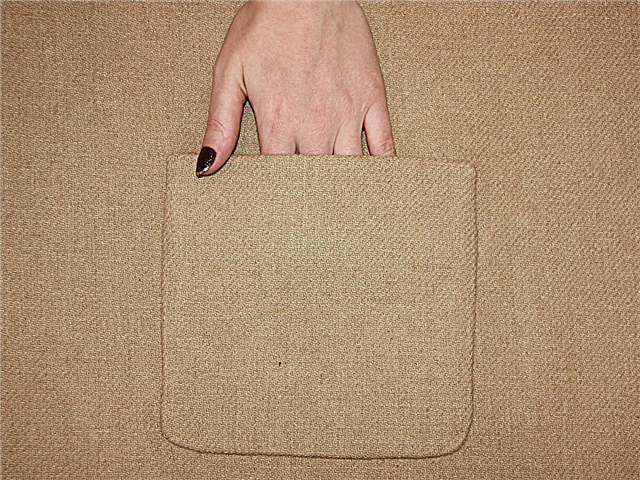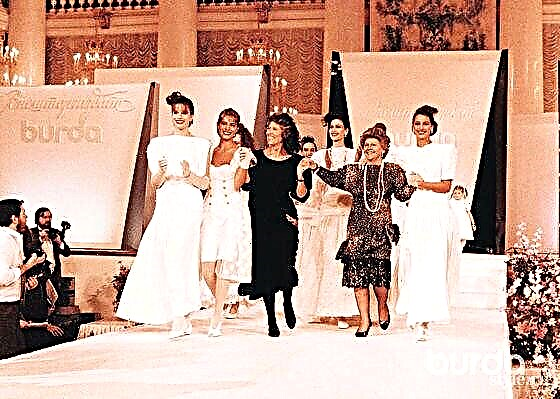Share
Pin
Tweet
Send
Share
Send
For decades, Iceberg has been providing itself with consistently growing public success and a reliable place in the highest hierarchy of Italian brands.

Juliana Marchini and her husband Silvano Gerani in 1962, in the small Italian town of Catholic in the province of Rimini, they founded a knitwear enterprise and gave it the name from the first letters of its names - Gilmar. 12 years later, the family duet decided to create a collection of clothes in which practicality and convenience would be combined with the chic of the fashion world. And in 1974, a married couple registers the brand Iceberg which became part Glmar Group. The first two years, the couple created only male models, and in 1976 launched the female line.
The combination of unusual textures and bright prints - this is the technique that glorified the brand in the 80s.
Andy Warhol's pop art ornaments were also a signature feature. In the 80s, the then-not-so-famous French designer Jean-Charles de Castelbajac, who was fond of postmodernism, collaborated with them, as a result, prints with cartoon characters and comic book characters appeared on clothes. Pop art remains the most powerful source of inspiration. Iceberg - in each new collection it is served in its own way. Fashion critics write aboutIceberg: "Iceberg pop is an ever-growing pop with its own, unmistakably recognizable style." Form style Iceberg - This is a combination of convenience in a sporting spirit and recognizable urbanism of models. Plus fresh design, artistry and a free spirit. And, of course, fashionable chic.
By the year 2000,Iceberg boutiques were opened all over the world, a showroom in Milan, Paris and New York, a line of jeans and sunglasses, shoes, bags and other accessories, as well as perfumes. In 2000, parents passed this inheritance into the hands of the children - the son Paolo and daughters Patricia. Children didn’t let us down - already in 2003 a line of children's clothes was added to the brand’s arsenal, as well as new boutiques around the world, including in Moscow and St. Petersburg. Since 2013, the female line has been managed by the creative director Frenchman Alexis Martial, and the Italian line by Italian man Federico Kurradi.




Photo: PR, catwalkpix.com, burdastyle.
The material was prepared by Elena Karpova.
Share
Pin
Tweet
Send
Share
Send











































